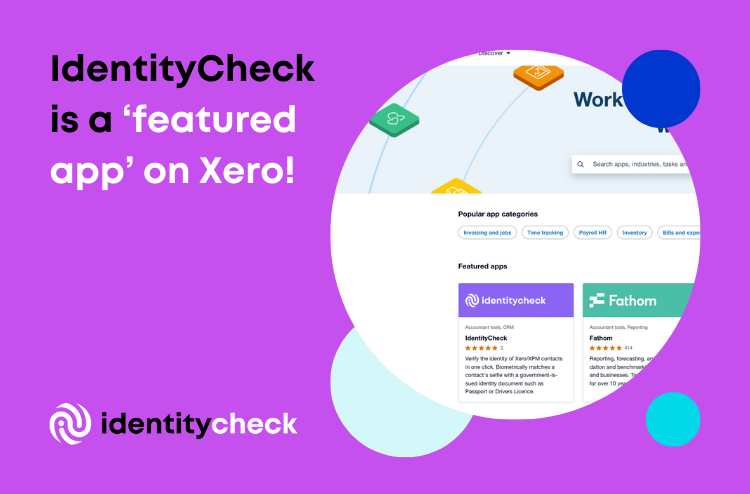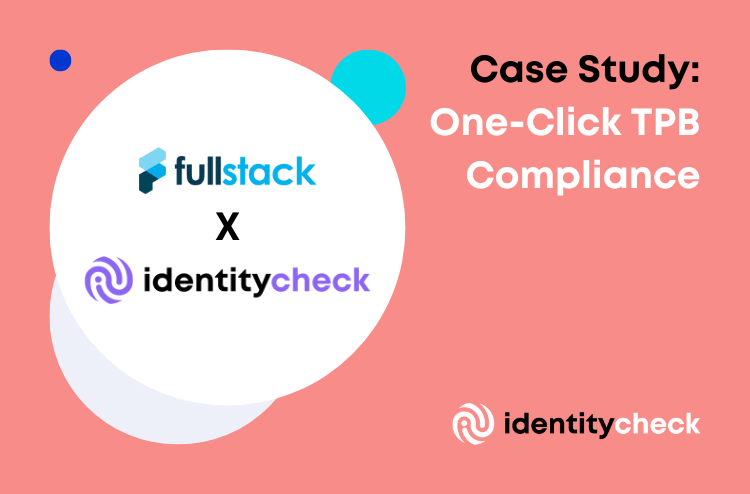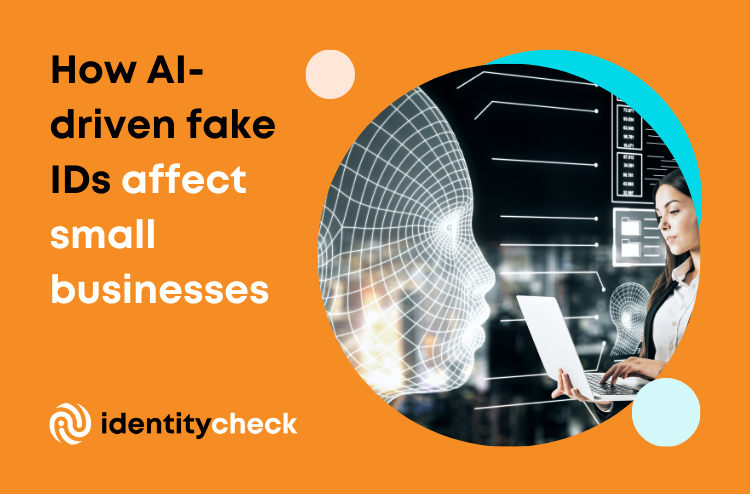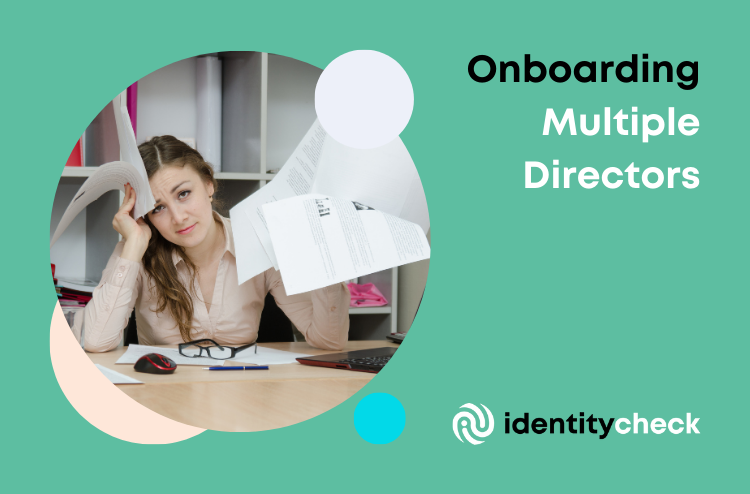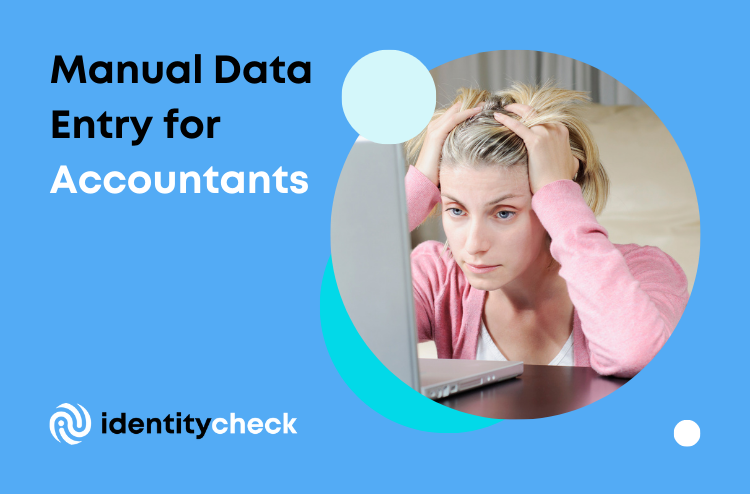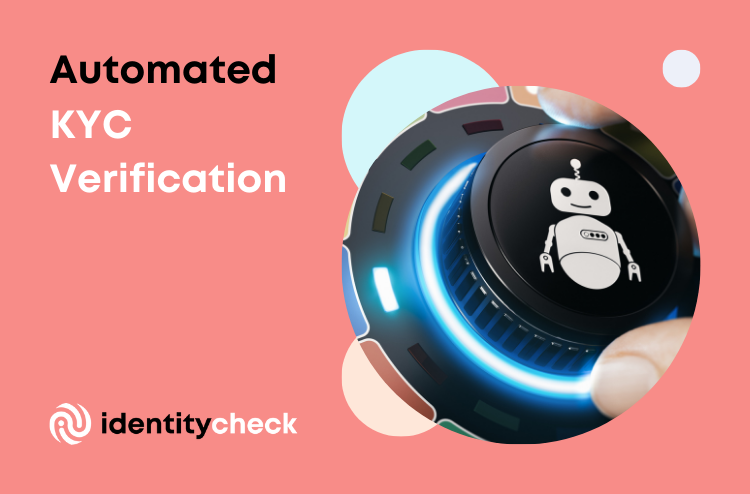If you work in or around tech you’ll no doubt be across the proliferation of XaaS acronyms that have appeared over the past decade or so. And, if you’re looking to integrate software solutions, then you might have heard of one of the newer ones – iPaaS. It’s short for Integration Platform as a Service.
The app integration landscape
Businesses today are complex. Apps and SaaS products are everywhere. We use them for everything – from accounting to customer service and marketing to HR. We use software to get work done and improve the way we work.

Gartner anticipates that SaaS solutions will have generated close to $105 billion revenue in 2020 alone. That is $20 billion more than their estimate for 2019 revenues.
With the huge number of SaaS (Software as a Service) out there, finding a solution is the easy part. What is harder is managing a growing variety of apps and the rapidly multiplying data inside them.
On the benefits side, SaaS solutions often make things more convenient, and enable better ways of working. They are largely promoted as a solution that will save either time and/or cost.
But there are drawbacks too. People like to use apps like to mix and match apps, using a little from many, rather than just using one. This means that a business often use multiple pieces of software to manage their business.

The average employee uses at least eight apps, which means a lot data sharing. This results in challenges such as:
- Keeping data synced across multiple apps
- Maintaining clean data
- Removing inaccurate or corrupted data
- Staying on top of data protection regulations
- Minimising productivity and cost inefficiencies
The solution is not to stop adding SaaS, but to find a solution that lets all your apps to work together.
This is where iPaaS, or Integration Platform as a Service, steps in.
What is iPaaS?
With iPaaS, businesses can create an aligned, collaborative, and integrated tech ecosystem with clean and reliable data.
iPaaS lets you to deploy and maintain integrations without middleware or hardware. And iPaaS helps businesses to avoid point-to-point integration nightmares, because the design and administration functions are centralized.
One of the best things about iPaaS is that it’s delivered as a service. You simply subscribe to the platform, choose the apps you need to connect, customize your field mapping, and let the platform handle the rest. This includes data governance, new feature updates, and security patches.
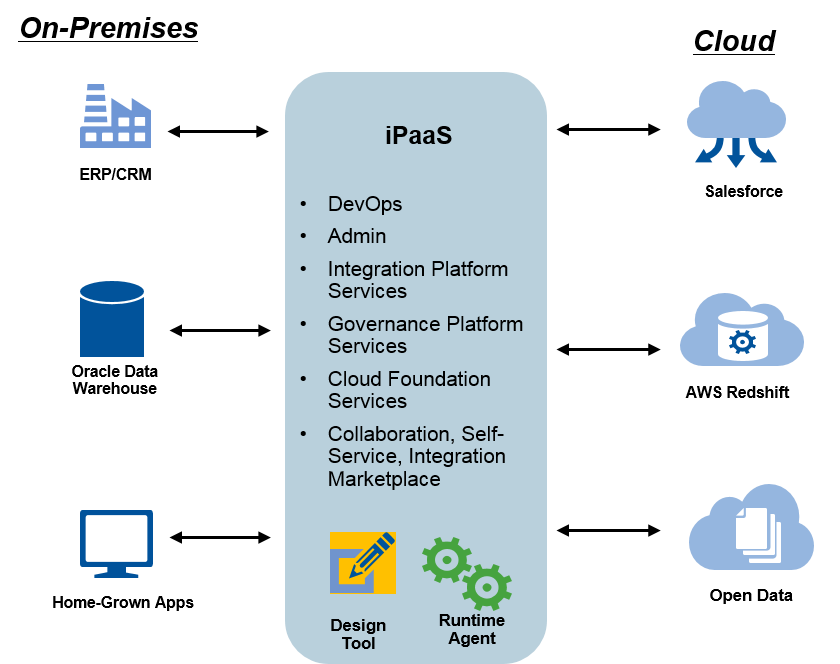
Another benefit of iPaaS development, testing, integration deployment happens a lot faster compared to traditional integration solutions.
According to Gartner, the adoption of iPaaS platforms is projected to grow substantially. Its market is forecast to account for $4 billion by 2022. Over the past few years, there has been an accelerated growth in iPaaS deployment.
iPaaS providers continue to broaden their go-to-market strategies to cover an increasing range of enterprise integration scenarios.
Gartner, Sept 2020
Companies that aim to stay ahead of the curve are adopting iPaaS solutions and app integrations scale faster.
How does iPaaS work?
iPaaS is a hub that supports the integration of various data sources and applications. With it, you can host applications and data, build and manage data connectors. You can also organise data movement among applications.
Software companies can use iPaaS solutions as a way to create connections between applications. They also serve as a mechanism for putting software applications into the cloud. A company can set parameters for the different connection types applicable to the platform.
The set of parameters can be in the form of API (application programming interfaces), prebuilt connectors, or based on some other rule.
Note: If you want to read more about to to build SaaS integrations, here’s a technical guide that includes loads of detail.
iPaaS creates a centralized ecosystem that helps users view, organize, and amend the infrastructure, data, and operations. This enables enterprises to effortlessly alter their product, exchange information, and provide unified solutions to their customers.
Most businesses rely on a number of disparate systems to manage their business. And often there is lots of complexity and variation in systems across sales, marketing and customer service. iPaaS allow companies to improve communication and information sharing between departmental silos via software integrations.
Furthermore, iPaaS lets an organisation expand its services and/or features without having to build them directly. Instead, they integrate with another SaaS product that offers that particular service. The integration of the two pieces of software delivers a more robust, unified solution for their users.
The benefits of integrating through iPaaS
Integration platforms are a valuable tool for businesses looking to expand their operations, increase efficiency, and reduce costs. Businesses can leverage iPaaS to gain competitive edge over their competitors.
Benefits can be categorised as either internal or external. Internal advantages are those received by the organisation that deploys iPaaS (internal). External benefits are those that are received by that the customers of a company that adopt iPaaS.
External Benefits
Software houses that implement iPaaS technology to allow their end customers to reap its benefits including:
A single solution
Your consumers can leverage a platform that connects and caters to all of their software needs in a single, convenient, and centralised cloud-based solution. This, in turn, eliminates the need to build out services and deploy the technology in different ecosystems.
Structured data
iPaaS allows your customers to access all their information in a suitable place. They can also set rules for data organization and accessibility.
Whilst they may continue to work with multiple systems, all those systems will be connected and the data flows into a central system. This ultimately makes the data interpretation, analysis, and implementation easier and more accurate.
Better communication and customer satisfaction
A single platform means that there is just one source of truth. Since the data sharing takes place in the same environment, so no crucial information is lost. Additionally, it keeps everyone on the same page as they all have equal access, which reduces the probability of misinterpretation.
80% of customers expect companies and their multiple departments to be consistent during their interaction. For this to happen, all departments need access to the same information and view of the company.
With an iPaaS solution, you can integrate several functions that will ultimately streamline your processes and will enable you to provide exceptional service to your customers.
Optimised workflow
iPaaS helps customers dedicate more time to work on the core functions and accomplish more tasks effectively. They waste less time switching between tools. Instead there is a central place to work on related processes. The iPaaS solution therefore creates a more efficient ecosystem for team dynamics and optimizes the customer’s workflow.
Internal Benefits
While consumers benefit from the iPaaS solutions in many ways, they aren’t the only ones who can reap the benefits of integrated solutions.
Companies also leverage disparate tools to manage their businesses efficiently — marketing software, email providers, document sharing, and many more. iPaaS solutions amalgamate these tools to improve company workflows and increase internal efficiency.
Here are some of the benefits of iPaaS to in-house teams.
Remove information silos
Companies can create and deploy third-party integrations in different environments and eliminate information silos. This may not be a concern if there are a few connections, however, as an organization develops its offerings to transform its business into a more robust entity.
As a result, integrations can become distributed, which can create an issue where information accessibility is compromised. This prevents a company from comprehending critical insights.
Real-time data processing
iPaaS enables companies to share and process data in real-time data and eradicate any delay in information accessibility or availability. It provides a quick and manageable solution.
Increased efficiency
iPaaS mitigates misperception, inconsistencies, and data loss by building a centralized system for all the involved parties in the management.
Centralised management
iPaaS generates a distinct, virtual view that helps organizations manage all the connections through the platform. Instead of having a team or an individual handle different integrations, all can be retrieved from a solo console.
Software multi-tenancy
Usually, software companies have multiple tenants who have distinct instances and requirements. The iPaaS creates an instance each time an individual accesses the software. iPaaS allows you to share instances among members, eliminate the overload, and minimize costs while expediting the use speed.
Improved compliance and security
Security concerns are inevitable in any ecosystem, especially in a cloud-based system. iPaaS solutions provide intruder alerts and fraud detection.
But the actual benefit of this centralized platform is that it makes it easier to gauge the threat’s accurate information and respond promptly and adequately. In addition to this, the platform prioritizes regulation compliance by incorporating modifications in one environment.
iPaaS and Gartner’s Magic Quadrant
According to Gartner, their “Magic Quadrants offer in-depth analyses, visual snapshots, and actionable advice that deliver insight into a market’s direction, maturity, and participants.”
The Gartner Magic Quadrant for Enterprise iPaaS or Integration platform as a service examines a number of iPaaS vendors. It also provides detailed information on each provider’s strengths and downsides, enhancing your decision-making capabilities.

As you can see, there are a number of large software houses who have made iPaaS solutions part of their product suite. For example, Microsoft has in iPaaS solution through Azure. And SAP has SAP Integration Suite that allows customers to connect applications, processes, and people through pre-built integrations, harmonised access to third-party cloud applications and the ability to design, publish and manage APIs.
Outside the enterprise world, there’s Zapier. Probably the most well known integration platform for startups, small business and non-technical folk who need to get some of their disparate systems talking to each other
Then there are the iPaaS providers you might not have heard of yet. Tray.io lets you integrate your software applications using powerful automated workflows. According to their website users can “easily build and streamline processes using a beautifully designed visual workflow editor.”
And Boomi, who say that they provide “end-to-end capabilities including application integration, data quality governance, B2B/EDI network management, API management and workflow automation.”
Where to next?
iPaaS isn’t a one-size-fits-all solution, but all businesses need to be thinking about data integration. Not just the big guys. In fact, the earlier a SaaS platform adopts an iPaaS solution, the better.
As a general rule of thumb, the more apps you have in your business, the more you need integration. Bringing in a third-party iPaaS solution to do the heavy lifting solves these problems, and it’s becoming much more common for businesses of all sizes.
Next-gen iPaaS will include advanced integrations, intelligence, and customization. But another huge shift will happen as iPaaS becomes a staple part of the stacks of small and mid-size organizations.
If you’re looking at integrations and multiple API authentication needs please reach out to us at StackGo. We have incorporated a universal authentication and API translator that is essentially an iPaaS solution for SaaS marketplaces.


